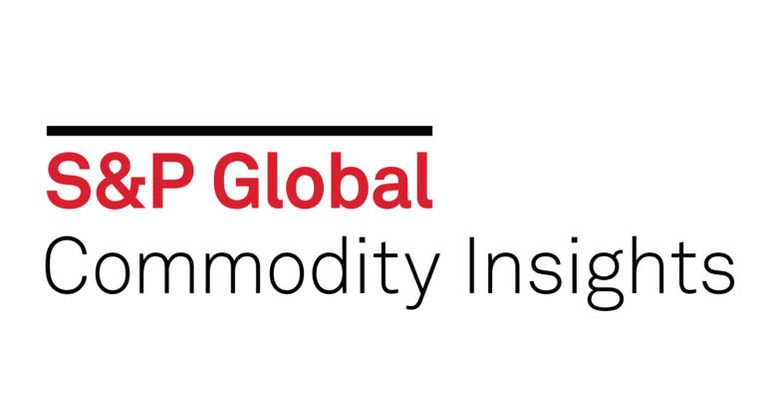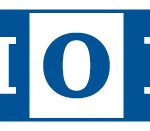S&P Global Commodity Insights announced it will launch daily Platts price assessments for freight emissions under the European Union’s Emissions Trading System (ETS). The new assessments will show the cost of carbon dioxide emissions from fuel combustion to transport crude or fuel oil on an Aframax tanker via an initial four European shipping routes, beginning August 1.
“As efforts to decarbonize the shipping sector continue, pricing transparency is crucial for the industry to act effectively,” said Peter Norfolk, Editorial Director, Global Shipping & Freight at S&P Global Commodity Insights. “The effect of the EU ETS on the shipping industry will be profound, and will be followed by more such measures as the industry faces up to the challenge of energy transition. These new Aframax carbon-accounted freight prices combine the best of Platts’ first-to-market carbon intensity assessments and its best-in-class freight pricing and coverage.”
The new assessments build on the suite of freight carbon intensity values and freight carbon intensity premiums Platts began publishing in October 2021. Those earlier carbon intensity assessments show the volume of greenhouse gas emissions generated through transporting various crude grades from production storage terminals to typical refinery locations around the world, as well as the cost of offsetting those emissions using carbon credits on a per barrel of crude basis.
The new carbon-accounted Aframax freight assessments show the cost of EU Emissions Allowances (EUAs) that would be required to comply with the EU ETS for some of the key tanker routes supplying Europe, and will be published in Worldscale points and in US dollars/mt.
Last July, the European Commission proposed adding shipping to the EU Emissions Trading System from 2023, with obligations phased in gradually between 2023-2026, requiring shipowners to hold EUAs covering all their emissions on routes and at ports inside the EU, and 50% of their emissions from third-country voyages beginning and ending in the EU. The European Parliament voted June 22 to push for a faster implementation, including 100% of emissions from intra-European Economic Area (EEA) from 2024, 50% of extra-EEA routes between 2024-2027, and 100% thereafter.
For its new assessments, Platts is employing baseline market norms for vessel speed and bunker fuel consumption, verified by extensive market surveys. The calculations will use Platts daily EU Emission Allowance Nearest-December price (EADLP00). The ‘tank-to-wake’ carbon emissions based on the fuel consumption will be calculated using the carbon conversion factors published in Annex 1 of Regulation (EU) 2015/757 of the European Parliament and of the Council on the monitoring, reporting and verification of carbon dioxide emissions from maritime transport. These carbon conversion factors, to be published by Platts from Aug. 1, are as below:
Assessment Name Value*
Platts Carbon Conversion Factor 0.5% VLSFO 3.151
Platts Carbon Conversion Factor 0.1% MGO 3.206
Platts will publish the values defined in the relevant European legislation and will reflect any updates accordingly.
Source: Hellenic Shipping News






